Originally conceived as a way for men to swap unused shirts in 2009, ThredUP has rapidly morphed into the worlds biggest Fashion resale market with more than 35,000 brands, sold at up to 90% off retail prices.
Despite their success they are still focussed on the US market, so ThredUP UK doesn’t exist yet. In the meantime we’ll have to settle for one of the ThedUP equivalents in the UK.
[The next best thing to second hand shopping - ethical shopping, click here to discover a huge range of ethical clothing at the click of a button.]
The idea is incredibly simple. ThredUP will buy your used clothes in exchange for a little cash or shop credit, they sort through them, list them on their site, and sell them on. What makes ThredUP unique is that they have refined their logistics to make it as seamless as possible for the user, so there’s really no excuse to hold onto the clothes that you no longer wear.
By removing the stigma from used clothing, their goal is to inspire a “new generation of shoppers to think secondhand first”. And there’s no doubt it’s working, with more than 65 million garments redistributed to date. A real triumph of the circular model that mainstream fashion has still failed to adopt.
It’s proven seriously popular for both women’s and kid’s clothes. Of course, as children often outgrow their clothes long before they are worn out, they are perfect for the resale market. They’re offering cash for clothes that you’ll never wear. It’s an attractive proposition for shoppers, and most importantly, for the environment too.
The modern fashion industry is phenomenally wasteful. We buy and dispose of clothes faster than ever before, creating one truck load of clothing waste every second. Enough to fill several swimming pools by the time you finish this article.
At the rate we are going, the textile industry will produce 26% of CO2 emissions by 2050, and it already makes over 20% of the world’s waste water.
Whether they are natural or synthetic, to make new clothes, as we do nowadays, we are putting a massive strain on the planet. Unless we change our habits we are on a beeline for environmental meltdown, and this is where companies like ThredUP can really make a difference.
Every time we choose second hand instead of new, we are doing our bit to tackle the environmental challenges that we all face together. Giving new life to used clothes means the precious energy that went into making them lasts a bit longer, thereby slowing down our need to extract more from the environment. It is a real ethical choice, and we should wholeheartedly support this principal!
Technically speaking ThredUp does ship to the UK, but it really defeats the point if you want to burn mountains of CO2 to get your secondhand clothes shipped over the Atlantic - A bad idea indeed.
Re-selling clothes only works in localised markets. So, if you want to buy and sell clothes online in the UK, you’ll have to settle for one of the ThredUP UK equivalents that are beginning to make waves in the resale market space.
By giving a second life to these clothes you’ll be directly helping the environment, and reducing our need for new material, so we can give our planet a bit of a break from ourselves.
[Scouring the internet for what you need can be a real drag, so we’ve indexed the top ethical clothing brands in Europe, to make sustainable shopping that bit easier - Click here to begin your search.]
Equivalents to ThredUp in the UK
The brands we list have been scored out of 20 across 4 criteria, designed to give a snapshot of what they excel at, and what still needs a bit of work. Scoring was conducted by analysing the systems and policies of each brand, and comparing them between each other, and with the big guys, ThredUp. Where available, more anecdotal information has been taken into account in the form of online reviews, and user ratings.
Vinted
The pre-loved car-boot sale

Score = 12
Environment 4/5, Usability 3/5, For sellers 3/5, For buyers 2/5
Vinted is essentially a peer-to-peer clothing store that works a bit like Ebay. All you have to do is download their app, create an account, list your used clothing, and wait for a buyer. Like Ebay, there are not many controls so the onus is on the users to put the effort in, which means the quality of listings will vary.
Vinted does ease the buying process by offering a returns system for all items sold through the platform. And of course they take a small commission on each sale between 3 and 8%, which technically the buyer pays, so selling is free.
They call themselves a community for ‘pre-loved’ fashion, and they’ve had reasonable success. To date they boast more than 20 million users world-wide, with a further 15,000 joining every day.
There is certainly no shortage of listings on Vinted. However, critics suggest that most users on the platform are looking for clothes costing less than £20, making more premium items difficult to sell. There’s also a fair amount of criticism aimed at their returns system, which appears clunky, at best, according to many reviews.
We shouldn’t be too tough on Vinted. As a peer-to-peer network, it’s no surprise that quality control is variable, and returns are a little more complex. It requires users to be savvy, and assess items carefully before buying. For this reason, they emphasise the social element of the app, encouraging users to communicate to build trust between buyers and sellers.
Where this happens there are numerous positive experiences, that result in used clothes finding a second lease of life. It does appear especially good for selling clothes on the cheaper end, so if you are looking for a competitive high-end market place, then perhaps try elsewhere.
Depop
Second hand for generation Z
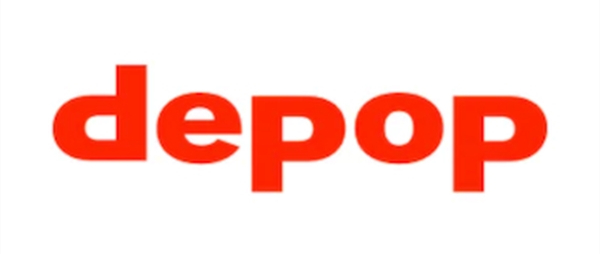 Score = 10
Score = 10
Environment 2/5, Usability 3/5, For sellers 2/5, For buyers 3/5
Depop started out as a social network for the readers of PIG Magazine, based in London. After seeing the potential, founder Simon Beckerman transformed the app into a global peer-to-peer marketplace for sharing style ideas as much as buying and selling clothes.
To date, the app has around 15 million users worldwide, and they claim that one third of all 16 to 24-year olds in the UK are signed up already. Their model is simple, Depop takes 10% of any sale made via the platform. Depop itself does not take responsibility for returns, but most sellers will offer this service via third parties like PayPal.
With an emphasis on community and creativity, Depop has managed to remain on trend with their young engaged audience, and stylish user experience, which is a little bit like Instagram meets Ebay. In a way they have already made ‘second hand’ a little bit cooler amongst a younger audience, which is without doubt a good thing.
That said, the mission statement of Depop does not place much emphasis on environmental issues, despite their potential in this area as a market for selling used clothes.
One of the downsides is that the attention to style actively encourages users to behave a bit like influencers. It’s common for the more influential sellers to purchase on-trend items in bulk, and sell them for profit via the platform. Whilst this does create an interesting marketplace, ripe for young entrepreneurs, it doesn’t much help the environment as an authentic type of circular economy.
Another sticking point is the actual shopping experience. As the platform is focused on imagery, listings often lack item specifics, meaning you have to strike up a conversation in order to get essential information such as sizes or materials.
If you are looking for a quick fix secondhand clothing platform then Depop is probably not for you. But if you are style conscious and happy to spend time browsing and chatting, you can pick up some real gems.
One final positive for Depop. Although they don’t promote it, they really are opening a door for younger generations to view fashion differently. If channelled correctly, this type of movement away from new clothing could help stem the excessive consumerism that fast fashion has made the norm for generation Z.
ReGAIN App
Oxfam for millennials
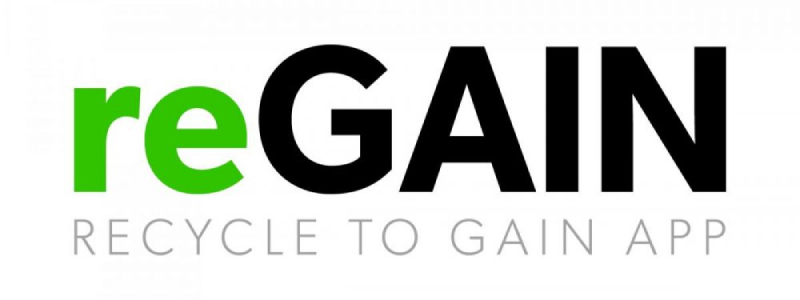
Score = 8
Environment 2/5, Usability 3/5, For sellers 1/5, For buyers 2/5
ReGAIN is not the complete ThredUP alternative, but they are pretty good at half the puzzle. If you want to dispose of your used clothes effectively, and get a little payback for your well meaning effort, then ReGAIN is the App for you.
All you have to do is sign up with their app, pack up your unwanted clothes, and drop them off at one of their collection points. Or if you are feeling lazy, they’ll even come and collect from your door. In terms of ease, this part of their service comes close to working like ThredUP, but on the sales side they have a very different strategy.
ReGAIN works in partnership with big brands such as New Balance, Superdry, and Boohoo, to name a few. Through these networks you’ll get access to discount coupons, in exchange for your donations.
It’s a neat system, but it doesn’t really complete the circle like ThredUP or even Vinted, as they are still directing users to purchase new products via their coupon system. Whilst they do encourage recycling and re-use of clothes, they still don’t have the infrastructure to sell those clothes on.
So, if you are looking to offload used clothing then ReGAIN works extremely well. But for those looking to buy second hand it’s definitely not the one, yet.
Asos Vintage
The premium used market

Score = 11
Environment 2/5, Usability 4/5, For sellers 1/5, For buyers 4/5
Asos Vintage is actually part of ASOS Marketplace, which is a subsection of the main site that’s focussed on promoting small boutique brands, and individual sellers. It’s a nice idea, as it shares access to the vast audience that ASOS has built since it was founded in 2000.
However, it’s not exactly an open market for anyone to buy and sell. The focus is geared towards boutique brands, and professional vintage sellers, as opposed to your average customer that wants to buy & sell second hand.
To qualify, you have to either make your own clothes, or sell real ‘vintage’ items that were manufactured before the year 2000. Plus, you have to list more than 5 items just to get started. It’s not cheap either, ASOS will take a 20% cut of all sales, and they won’t help with deliveries or returns.
These strict criteria mean that the shopping experience is usually very slick, much like that of ASOS itself, and you can be sure that your clothes will arrive in good condition. It’s professional, and as a result it’s quite expensive. So, if you are looking for bargains I would stick with Vinted, but if you’re a vintage enthusiast then this service will suit you just fine.
It’s great that ASOS are prepared to help others sell second hand clothes in this way, but it is minute compared with the main platform, which is obviously focussed on maximising sales with very little care for environmental issues. They also emphasise that sellers should try to offer international shipping, which again isn’t exactly conscientious of their CO2 footprint.
Ebay
Internet vintage
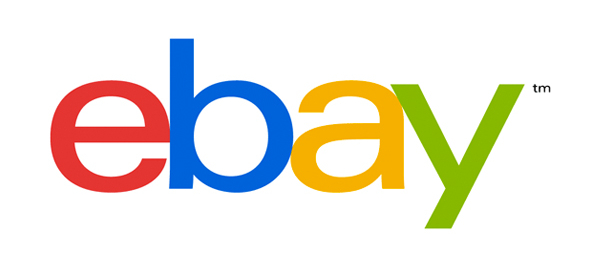
Score = 10
Environment 2/5, Usability 3/5, For sellers 3/5, For buyers 2/5
Of course, this list wouldn’t be complete without mentioning Ebay, the godfather of online second hand markets.
Although it’s not optimised for the clothing market, it’s still a great place to buy and sell in this space. If you are selling more premium clothing, then ebay gives you access to a vast and competitive market place, where your items will always reach a decent price.
From a buyer’s perspective Ebay can turn up some amazing things, but the auction feature doesn’t suit everyone, especially if you are short on spare time.
As it’s a truly global marketplace, we do discourage people from making long distance international purchases, as unnecessary airmail is categorically not good for the planet, and really does mitigate against the positives of buying used clothing in the first place.
Oxfam
The old timer
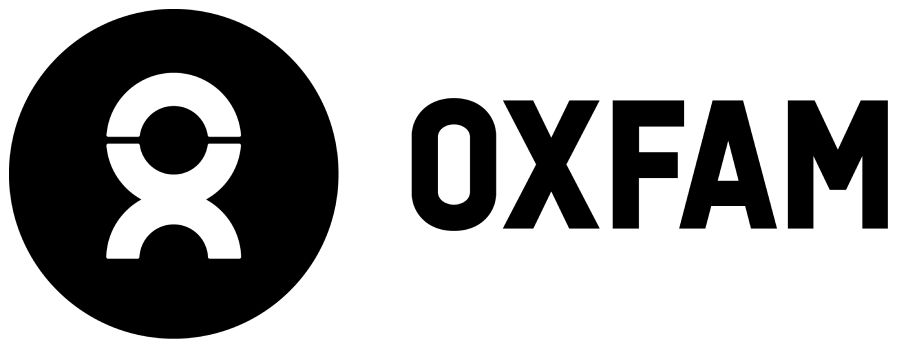
Score = 12
Environment 3/5, Usability 3/5, For sellers 3/5, For buyers 3/5
Oxfam is probably the best known charity shop in the UK, but many won’t know that you can also buy their clothing online. Of course Oxfam will not buy your used clothes from you like ThredUP, and why should they, it’s a charity after all. So, if you can afford to give away your unused clothing, then Oxfam is certainly an ethical home for it.
On site the product images are not beautiful, but all angles are meticulously covered, and the item specifics are always thorough. What’s more, the categorisation and search function actually make navigating the Oxfam website easier than their physical stores.
You do pay a small premium for shopping online, and there is a delivery fee of £3.95, which will cover any size of order. With a bit of patience you can find some high quality clothes at very fair prices, and there’s always the bonus that your purchase is supporting a good cause.
Summary
Right now, no single company in the UK makes it as easy as ThredUP to buy and sell used clothes. Their investment ($305 million to date) and sheer scale separates them from the current competition. Slick logistics make offloading your used clothes incredibly easy, whilst their technology creates a secondhand shopping experience that feels almost like buying new.
Meanwhile in the UK, whether you are a buyer or a seller, the online secondhand clothing market still requires a lot of effort. If you know what you are looking for and have time on your hands then there are some decent options listed here, but the market is still wide open for ThredUP UK, or hopefully a UK based equivalent.






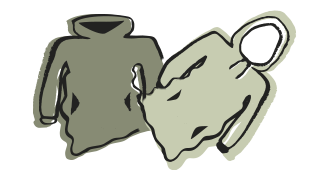

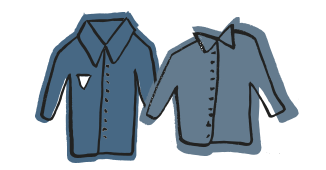


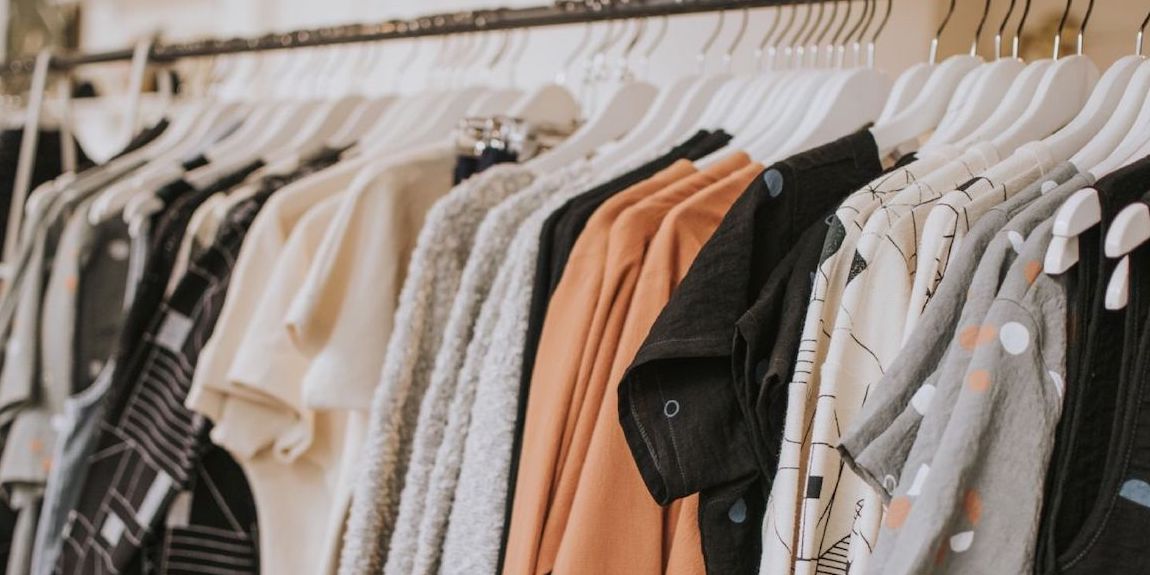

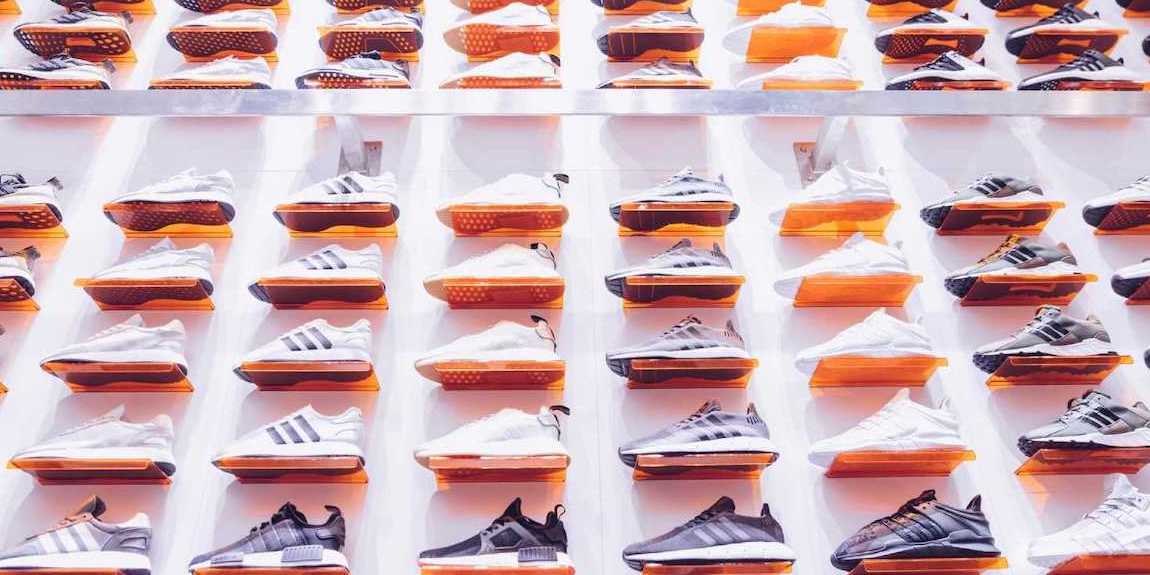
 Be the first to know when Europe's top ethical brands are on sale, sign up to our newsletter here
Be the first to know when Europe's top ethical brands are on sale, sign up to our newsletter here